Silo Pages are pages dedicated specifically to the categories of your website. They usually rank higher in search results, compared to the automatically generated category pages, for example.
The Thrive Theme Builder themes come with pre-designed Silo Landing Page Templates, in order to give you an easy way of creating your very own, beautifully designed, and fully customizable Silo Pages.
Setting up separate Silo Pages for your categories, and using such Silo Landing Page Templates is worthwhile because it can help your SEO strategy.
These templates are designed to include search-friendly headings, paragraphs, lists, etc.
Note: If you do not set up Silo Pages for your categories, an automatically generated page will be assigned to your categories. You have the possibility to create a “Category List Template” in Thrive Theme Builder for such pages. More details on how to do that can be found in this article.
However, setting up Silo Pages, and using the Silo Landing Page Templates for them, gives you the possibility to customize category pages at an even higher level.
The process of setting up Silo Pages for categories consists of three important steps:
-
create a Silo Page for a specific category
-
apply and customize a suitable template for the Silo Page
-
redirect the category to the new Silo Page
We will guide you through each of these steps in this article.
1. Create a New Page
First of all, go to your WordPress admin dashboard, hover over the “Pages” item, from the left-side menu, and click on the “Add New” option from the sub-menu that opens:

Then, the page where you can add the new page opens. Add a title for the Silo Page in the designated field:
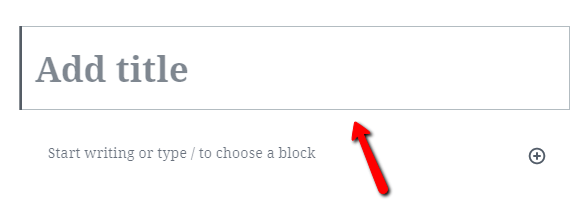
Then, save the page as a draft, in order to be able to start working on it. To do that, click on the “Save draft” option from the upper-right corner of the page:

2. Apply a Silo Landing Page Template & Customize it
Then, go ahead and open the newly created page using Thrive Architect, by clicking on the “Launch Thrive Architect” button:
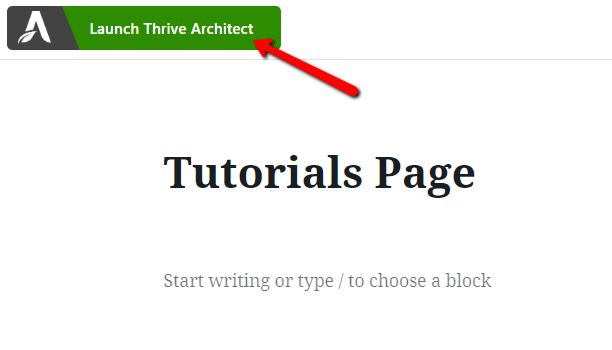
Once the page opens in the editor, click on the second option from the right sidebar, to choose a template for this page:
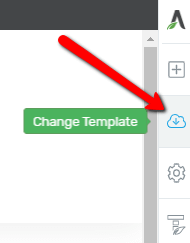
This will open a lightbox with all the available Landing Pages. Look for the section with the Landing Pages of the Thrive Theme Builder theme that you are using. Click on that pack, to expand the templates:
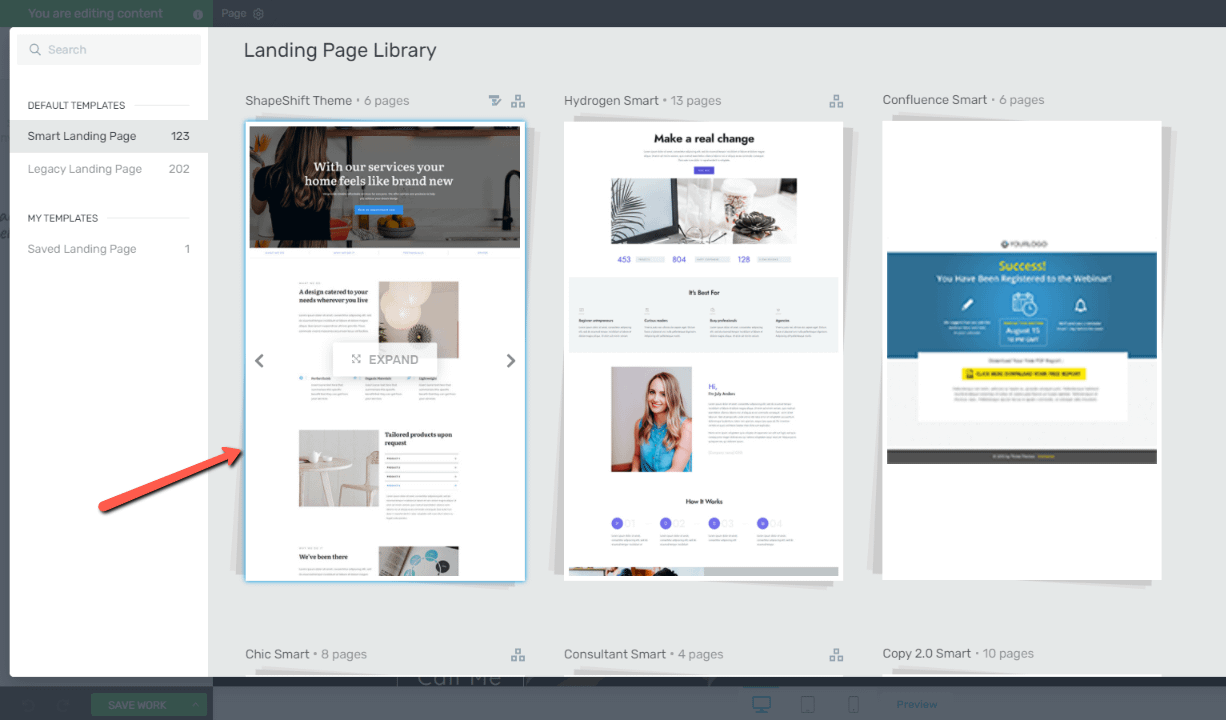
Once you expand the Thrive Theme Builder theme pack, you will see the pre-designed Silo Page Templates. Choose the one you prefer by clicking on it, and then click on “ApplyTemplate”:
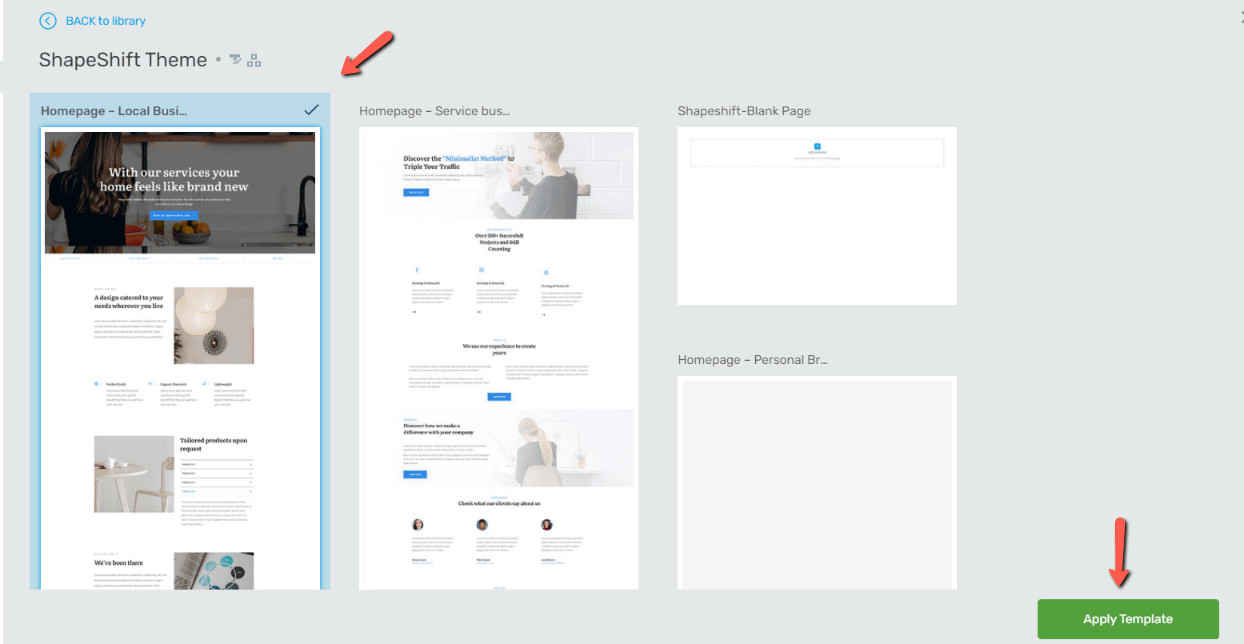
Then, the template will be applied to the page, and you can continue customizing it as you wish.
Important!
The Silo Landing Page Templates come with default content. This is why you need to make sure you change the content of the elements from the template. These have to be original/unique and specifically suited for your services/business.
Thus, click on each element separately (texts, images, Post Lists, Lead Generation elements, etc.) and add your own content (plus links if necessary) to them. You can always use the options that appear in the left sidebar when you click on an element.
Once you’re happy with the way the page looks, make sure you save the changes using the “Save Work” button, from the bottom-left part of the editor:

After you have finished setting up the Silo Page, make sure to also publish it. For that go back to your WordPress admin dashboard where you edit the page. Once there, click on the “Publish” button:

3. Redirect the Category to the New Silo Page
After this, hover over the “Posts” item, from the left-side menu of your WordPress admin dashboard, and click on “Categories”, from the sub-menu with options that appears:
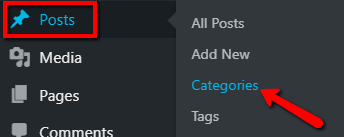
This will open the page with all of your categories. Hover over the category that you want to redirect to the new Silo Page. Some options will appear below it; click on the “Edit” option from them:

The editing options of the category will appear. The last option is the “Redirect Category to a Page” option. Click on it, in order to open a list with all of your pages:
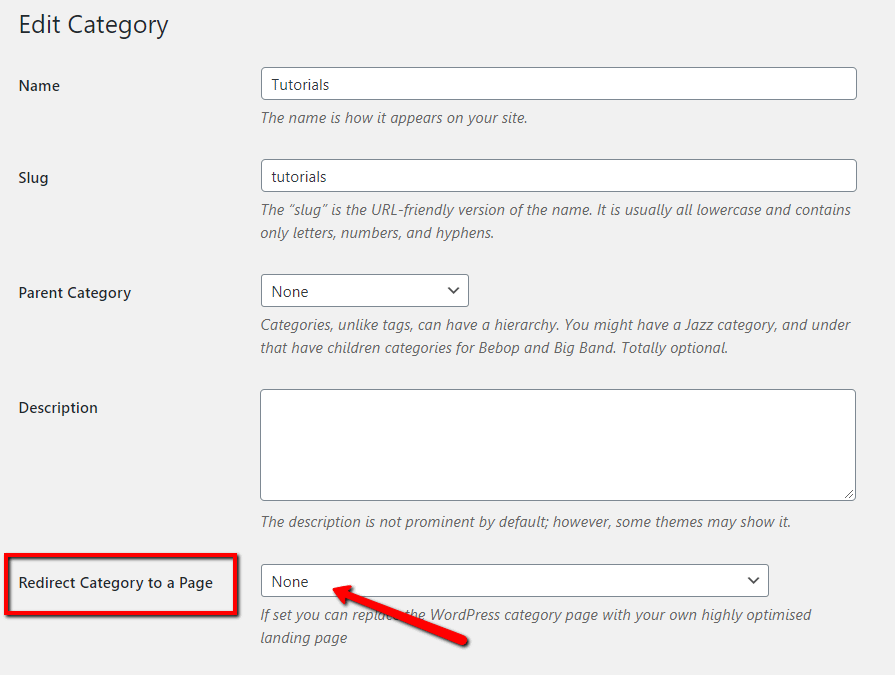
Then, from that list, make sure you choose the Silo Page that you’ve just created and customized. Don’t forget that the page has to be published, in order to be visible in this list:

After that, go ahead and click on the blue “Update” button, to save everything:

This means that, once someone clicks on the “Tutorials” category (in my case) on your website, they will be redirected to the new custom Silo Page, instead of the automatically generated one.
You can also check to see if everything works properly, by going back to the category list, hovering over the category, and clicking on “View”:

This was how you can create a Silo Page, using one of the Thrive Theme Builder pre-designed Silo Landing Page Templates.
If you need more information about Thrive Theme Builder and its various features, please check out our tutorials page.
I hope this article was useful for you. If so, please rate it with a smile below 🙂